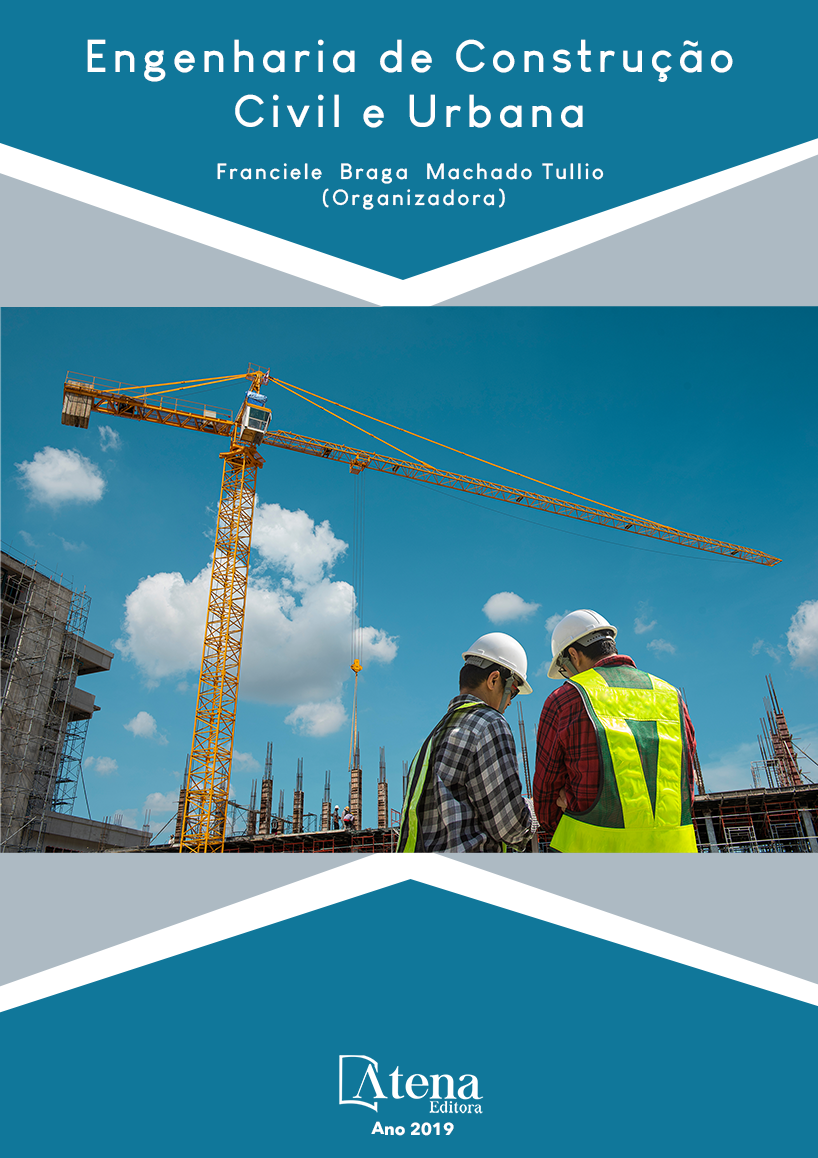
Influência da Colagem de Laminados de Polímero Reforçado com Fibra de Vidro (PRFV) no Reforço de Ligações Viga-Pilar de Estruturas de Concreto Pré-moldado
A utilização de polímeros reforçados com fibras (PRF) influencia nos reforços das ligações viga-pilar em estruturas de concreto pré-moldado. Este trabalho utilizou a colagem de laminados de polímeros reforçados com fibra de vidro (PRFV) em entalhes no concreto de cobrimento. Para o estudo foram realizadas análises computacionais através do software ABAQUS, que permitiram avaliar a contribuição do reforço à rigidez na ligação pré-moldada viga-pilar. Realizou-se o cálculo da estabilidade global com a nova rigidez, com o objetivo de quantificar a melhoria fornecida pela utilização do reforço. De acordo com os resultados, pode-se afirmar que com o reforço, a ligação apresentou comportamento semirrígido e adquiriu uma melhoria à flexão se comparado à estrutura articulada de concreto armado convencional. Observou-se que, ao considerar a semirrigidez que o reforço proporciona na ligação ocorreu um significativo aumento na estabilidade global da estrutura, além de uma redução considerável dos momentos fletores na base dos pilares mais solicitados.
Influência da Colagem de Laminados de Polímero Reforçado com Fibra de Vidro (PRFV) no Reforço de Ligações Viga-Pilar de Estruturas de Concreto Pré-moldado
-
Palavras-chave: concreto pré-moldado, reforço estrutural, PRFV.
-
Keywords: precast concrete, structural reinforcement, GR
-
Abstract:
The use of fiber-reinforced polymers (FRP) influences the reinforcement of the beam-pillar connections in precast concrete structures. This work used the bonding of fiberglass-reinforced polymer (GFRP) laminates to indentations in the covering concrete, according to the technique known as near-surface mounted (NSM), to incorporate new resistant elements to the connection to assess the overall stability of the structure. For the study, computational analyses were performed using the ABAQUS software, which allowed the evaluation of the contribution of the reinforcement to the stiffness in the precast beam-column connection. The overall stability with the new stiffness was then calculated to quantify the improvement provided by the use of the reinforcement. According to the results, it can be stated that with the reinforcement, the bonding presented semi-rigid behavior and acquired an improvement in flexion compared to the conventional reinforced concrete articulated structure. It was observed that when considering the semi-rigidity that the reinforcement provides in the connection, a significant increase in the overall stability of the structure occurred, as well as a considerable reduction of the bending moments at the base of the most requested columns.
-
Número de páginas: 13
- Juliana Penélope Caldeira Soares
- Nara Villanova Menon


